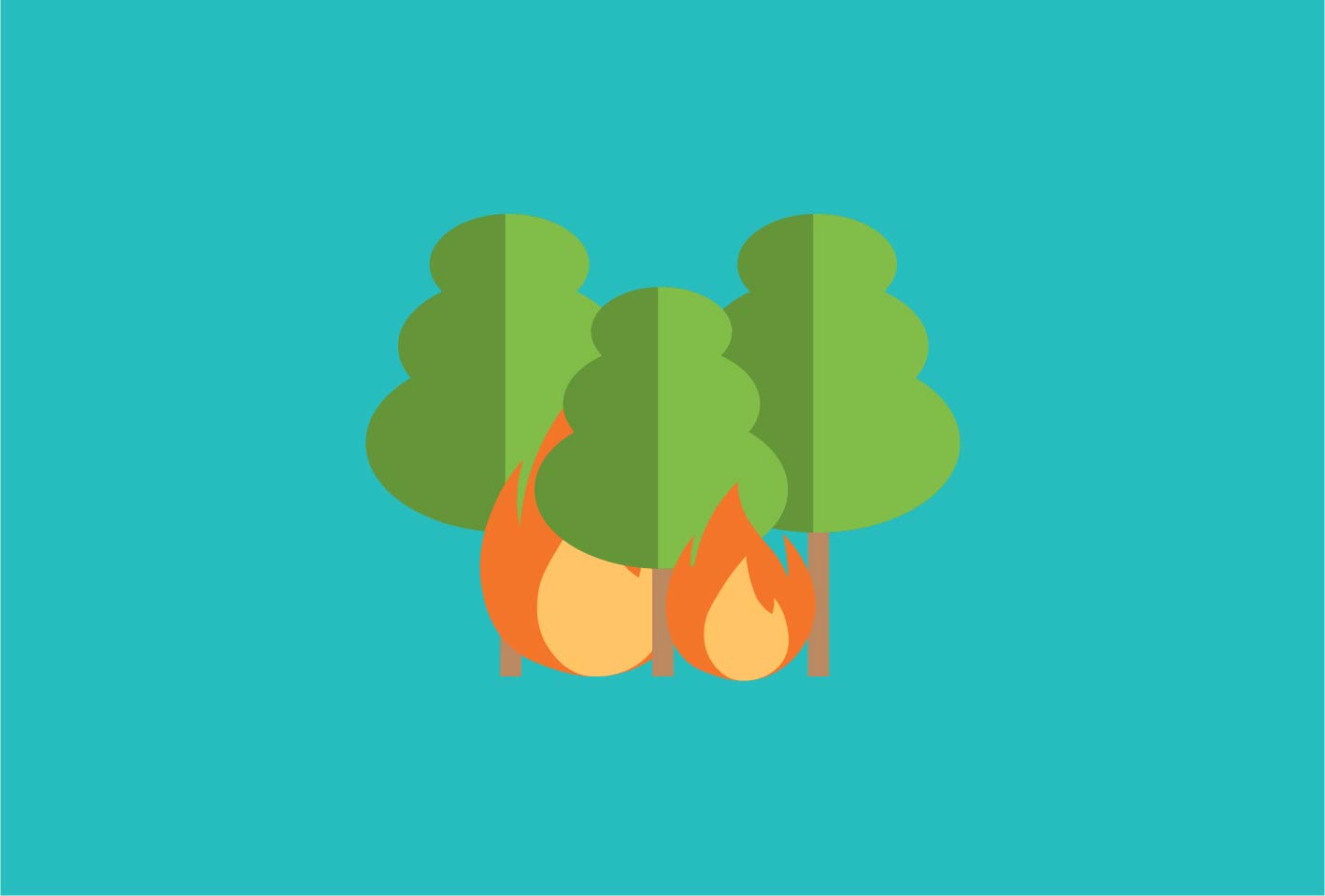
Here in Queensland, we are lucky to be surrounded by beautifully landscaped gardens filled with exotic flowers and trees, and World Heritage-listed rainforests. Parks and green spaces are carefully planned by the council to provide places for the community to enjoy the summer sunshine – however, the potential for a bushfire to impact people and their homes poses a big threat to all of this. Through proper planning, reduction of risks on direct flame attack, radiant and convective heat exposure and ember attack on residential areas can be achieved.
The recent fires which destroyed parts of the Scenic Rim (including the Binna Burra Lodge) and Peregean Beach in the Sunshine Coast are a reminder that fire can get out of control quickly. And with summer around the corner, the potential for further disasters intensifies.
Whether you currently own a home or are looking to buy a home, it is imperative that you know this information about your property in order to be prepared. Councils offer mapping which clearly identifies those in high and medium risk areas, where Brisbane homes found to be in risk areas are then assessed, and plans to manage the property are identified.
The Australian Standard for the Construction of Building in Bushfire Prone Areas AS3959 states there requirements which need to be followed when constructing buildings in areas at risk of bushfire. Materials that are resistant to burning debris, flame or radiant heat will need to be used when building or renovating a home such as concrete and metal, and constructing barriers around the property is also encouraged.
It is the property owner’s responsibility to manage any hazards which may be present around the home, where things which can intensify a fire (such as leaf litter, twigs and debris, as well as flammable liquids and gases) should be removed. Ensuring that lawns are cut often, and shrubs and trees are also maintained will are some basic tips to make sure you’re prepared for bushfire season.
The level of risk your home is to bushfire will also influence your decision to leave, or stay with your property in the event of a bushfire. Make sure your have long hoses which reach to all corners of your property and ensure you are covered by home insurance. Should you need to evacuate, you have to be aware of alternate routes you can take to get you and your family (and pet!) off your property and onto safe roads and have back up plans to stay with family or friends.
